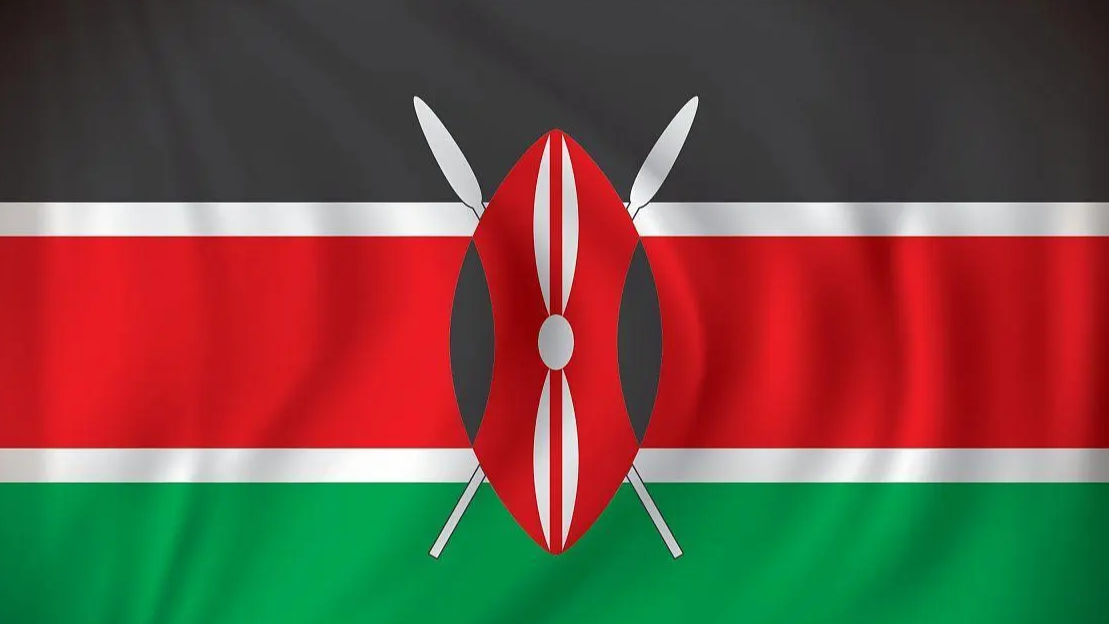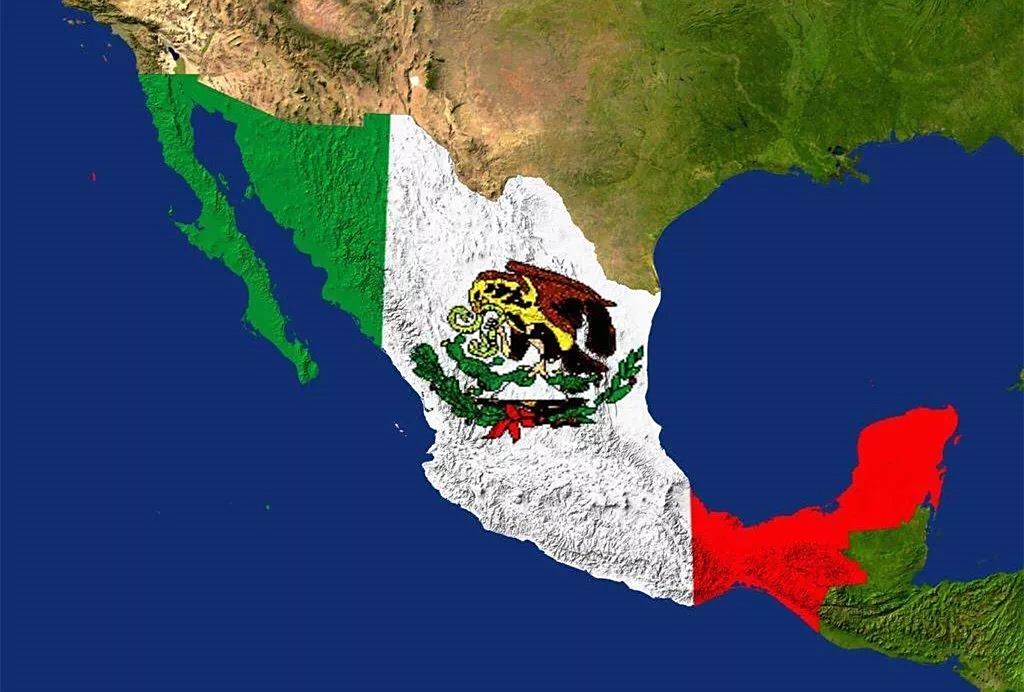Comprehensive upgrade! Li Car Series Upgrade ...
2024-03-15

Company and industry dynamics
 2024-11-13
2024-11-13 Half a month ago, Nan Ge, who had been sharing his insights on car exports on social media, pushed the last message.
Unlike his previous spirited tone, in this tweet, Nan Ge asked: Do you think that the barriers to automobile exports are increasing and becoming more difficult? Do you think it's still possible to do it?
The reason is that Russia recently issued a law implementing an increase in car tax reporting starting from October 1st.
The regulation specifies that Russia will increase the vehicle scrapping tax by 70% -85% from October 1, 2024, and continue to increase it by 10% -20% annually from January 2025 until 2030. The scope of application covers all wheeled vehicles, including passenger cars, trucks, buses, trailers, road machinery, etc.
In fact, this is not the first time that Russia has adjusted the scrap tax on imported cars. Since 2012, Russia has adjusted the scrap tax on imported cars up to 6 times, and each time it has increased. But this adjustment is the most stringent: after this adjustment, an imported car equipped with a 200 horsepower front engine that was originally only required to pay a scrap tax of over 60,000 RMB is now required to pay up to 150,000 RMB.
The term automobile scrap tax is unfamiliar to ordinary Chinese consumers because in China, automobile scrap not only does not require payment of fees, but also provides certain scrap subsidies. But for Chinese car exporters and foreign traders, the significant increase in car scrap tax and scrap tax amount means that it is becoming increasingly difficult to sell Chinese cars to Russia.
Especially in the past two years, the parallel exits that have been thriving are closing their doors.
NO.1
[2023, "Gold Mining" in Russia]
Last year, the Russian market made the largest contribution to the soaring export volume of Chinese automobiles.
In 2022, China exported about 160000 cars to Russia, and in 2023, this number exceeded 730000; In the first eight months of 2024, this export volume has exceeded 600000 vehicles, and it is expected that China's total export of cars to Russia this year will exceed 1 million vehicles.
In short, due to the Russo Ukrainian War, European and American brands of cars have withdrawn from Russia, and Chinese cars have become the most popular in the Russian market after the local brand Lada. At the same time, Russia has also become the largest gold mine for Chinese cars going global.
Currently, Chinese car companies such as Great Wall Motors and Chery have established factories in Russia. In addition, Geely, Changan, BYD, and others have also set up official import channels for cars in Russia. According to statistics, as of early 2024, there are 3653 official car dealerships in Russia, including 2207 Chinese brand car dealerships, an increase of 1154 compared to the same period in 2023.
But outside of official authorization, there is also an unofficial channel for Chinese brand cars to be shipped to Russia - parallel exports. Parallel export of automobiles refers to the process of purchasing new cars domestically and transferring them in the form of second-hand cars (actually quasi new cars) to companies specializing in import and export business. After going through customs declaration, inspection, filing and other procedures, they are shipped abroad.
In 2023, parallel exports of cars to Russia accounted for 1.7% of Russian car sales, or 191000 units. That is to say, over a quarter of the cars sold from China to Russia are completed through this unofficial channel.
Unlike official car exports that have to pay high tariffs, parallel exports can cleverly utilize the relationship of the Eurasian Union to avoid taxes.
Parallel export traders usually choose to leave the customs at Khorgos or Manzhouli port, transit in Bishkek, the capital of Kyrgyzstan, and then transport to Russia. This usually only requires a 15% tax, which is 10 points cheaper than sending directly to Russia. Even in Bishkek, low-priced customs clearance can be offered. For example, a car worth 200000 yuan can only declare an amount of 70000 yuan.
In addition to tax avoidance, there are also tax refunds available.
In July 2023, the government launched a tax refund policy to encourage the export of second-hand vehicles. Within about 30 days after the export process is completed, a 13% tax can be refunded. For example, a car priced at 200000 yuan can receive a refund of 26000 yuan.
In short, compared with conventional official exports, the channel cost of "parallel exports" is lower, and there is no need to pay additional fees to official distributors, so it has a price advantage.
In 2023, many people will become wealthy due to the business of reselling cars to Russia.
An extreme example is that someone "resold" a Li Auto L9 last year and earned over 300000 yuan. However, during the good times of the first half of 2022-2023, in most cases, the profit of a parallel export vehicle ranges from tens of thousands to tens of thousands of yuan. This year, this number has been compressed to the thousand yuan level.
Due to the rampant parallel exports, some Chinese brand cars that have not established official channels in Russia can also sell well. For example, Li Auto has become a leading electric vehicle brand in the Russian market in terms of sales, and the Xiaomi SU7, which was launched in March this year, has also been preemptively shipped to Russian tycoons by parallel export vendors.
NO.2
[Closing the Door]
Before 2020, parallel imported cars were once selling well in China. At that time, some people said that parallel imports were trade that relied on national policies, in other words, relying on policies to make a living. Similarly, parallel exports can be proven.
According to data, the proportion of parallel imported vehicles registered in the Russian automotive market has been decreasing month by month since the beginning of this year.
The biggest reason is that policies are tightening.
In April of this year, Russia officially implemented a new policy related to imported cars, which requires parallel export or used car export vehicles that were originally transshipped from China through Central Asian countries and then transported to Russia to pay various taxes and fees. That is to say, China's parallel export vehicles will no longer have the original advantage of low customs clearance costs.
In addition, the gradually increasing vehicle scrapping tax mentioned at the beginning, which started in October this year, will further affect the sales of Chinese cars in Russia (not just parallel imported cars).
In addition to policy resistance from overseas countries, competition for parallel exports has also intensified since last year. At the same time, the increasing willingness of domestic automakers to go global also means a reduction in the scale of parallel exports. Because official exports and parallel exports have a mutually beneficial relationship at a macro level.
Taking ideals as an example.
Li Xiang, the CEO of Li Auto, has twice posted on Weibo about parallel exports. The reason is that parallel exports unintentionally contributed a significant amount of overseas sales to Li Auto. Most of these cars were also shipped to Russia. It can also be said that parallel export traders have become the "explorers" of Li Auto's overseas expansion. Therefore, Li Auto has always maintained a "turn a blind eye" attitude towards unofficial parallel exports.
But during this year's earnings conference call, Li Xiang stated that he plans to establish a dedicated after-sales service network in Central Asia and the Middle East in the first half of the year. In the fourth quarter of this year, overseas deliveries will begin, starting with the introduction of Li Auto L9 and Li Auto L7 models locally.
For Li Auto, the "task" of parallel export has been completed. In the future, official authorized channels will also greatly compress the channel space for parallel exports.
Lucky, who resigned two years ago and switched to automotive foreign trade, wrote on Weibo: 2024 is not as easy to do as 2023 because last year the market was chaotic, the threshold was low, and the market was focused on (Russia, Central Asia). This year, I will start exploring other foreign trade projects.
NO.3
[Write at the end]
The policy environment is favorable, and with the rise of new energy vehicles in China, many foreigners also want to "taste the new" to see what more advanced electric vehicles look like. These have given parallel exports the opportunity to develop in the past two years.
The Russian market is an extreme case of China's booming parallel automobile exports in the past two years. In addition, countries such as the Middle East and Africa have also been the "hardest hit areas" for parallel exports in the past two years.
But the relationship between parallel exports and official exports of car companies is also subtle. The former can help the latter explore and take the lead in entering a foreign market, but when official channels and supply chains mature, the survival space for parallel export cars will be squeezed.
The hidden danger is that parallel exports are generally "one-time", which may not only disrupt the pricing system of car companies in the local area, but also have a negative impact on the reputation of exported car brands due to the lack of maintenance and after-sales services.
In the long run, parallel exports are only temporary products that emerge at policy favorable and industry transformation nodes. What truly deserves long-term development is the genuine "second-hand car" exports that are explicitly supported by national policies.
 Popular News
Popular News
2024-03-15

2024-10-15

2024-09-30

2024-09-29

2024-09-30

2024-11-21

2024-11-13

2024-12-04

2024-12-10

TOP